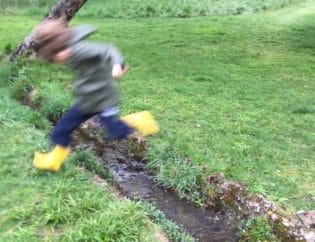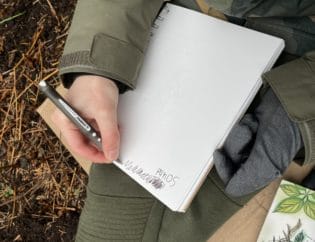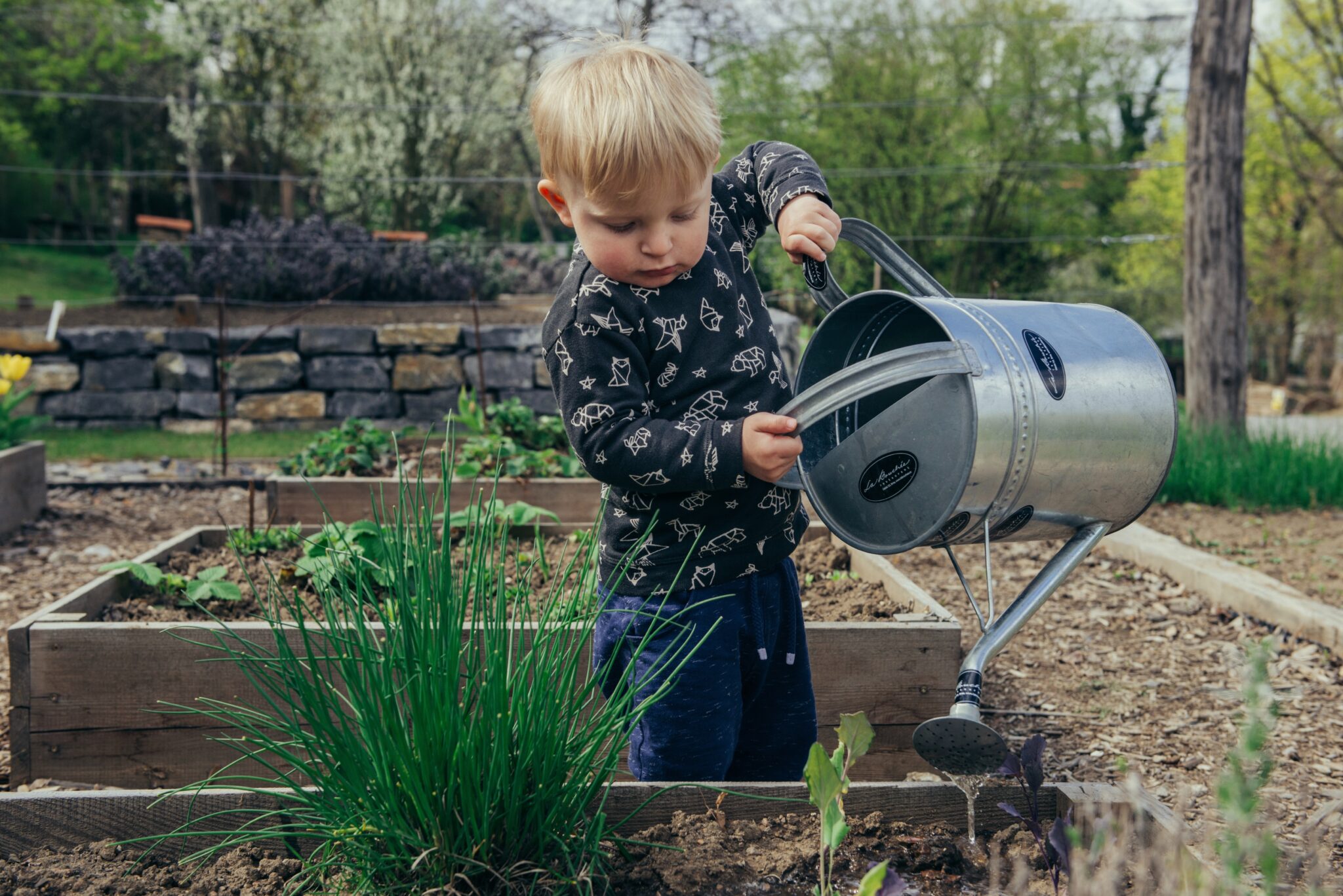
Community gardening is an excellent way to bring people together and promote sustainable, healthy living. It offers numerous benefits, including social connections, physical activity, access to fresh, healthy food, and the opportunity to create a vibrant green space in urban areas.
If you are a parent, teacher, or caregiver, getting children involved in a community gardening is an excellent way to foster their love of nature and sense of awe at the wonder of gardening.
But what if there is no community garden near where you live—or it doesn't have space for you right now?
In that case, you might want to start your own! While it sounds like a huge endeavor, we break down some of the steps to help you along . Don't forget that children can certainly play key roles in planning, planting and maintaining the garden.
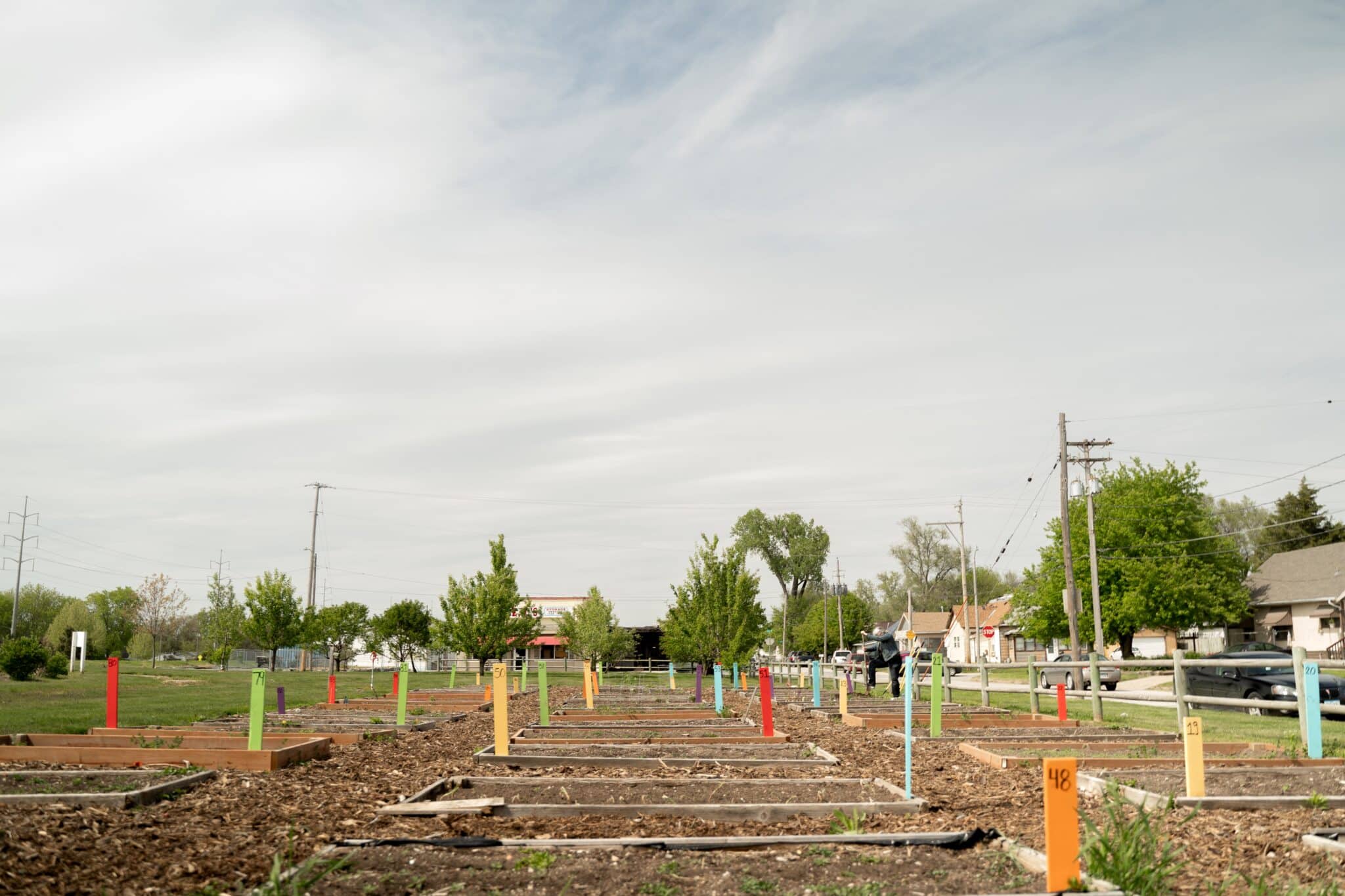
Step 1: Identify the Need and Purpose of Your Garden
Before you start a community garden, you need to identify the need and purpose of the garden. Is there a lack of fresh produce in your community? Do you want to create a place for pollinators? Are there vacant lots or abandoned properties that could be transformed into a beautiful green space? Do you want to create a gathering place for people to socialize and connect with nature? Or just a place where kids and adults can learn some gardening skills? Once you have identified the need and purpose, you can begin to build your plan.
Step 2: Recruit Helpers
Once you have identified the need and purpose of the community garden, it's time to recruit helpers. Reach out to neighbors, your child's teacher, local organizations, and community groups to gauge interest and identify potential members. You can also use social media and community bulletin boards to spread the word.
Step 3: Find the Land
The next step is to find land for the garden. Check with your city or town to see if there are any vacant lots or unused properties that are available for community use. If there are no available properties, you may need to seek permission from private landowners. You may also consider partnering with a local church or school to use their property. You would be surprised to learn that many schools would just love a low maintenance pollinator garden on their school grounds but there is no staff to lead the initiative. This is a perfect school or class-wide project as well.
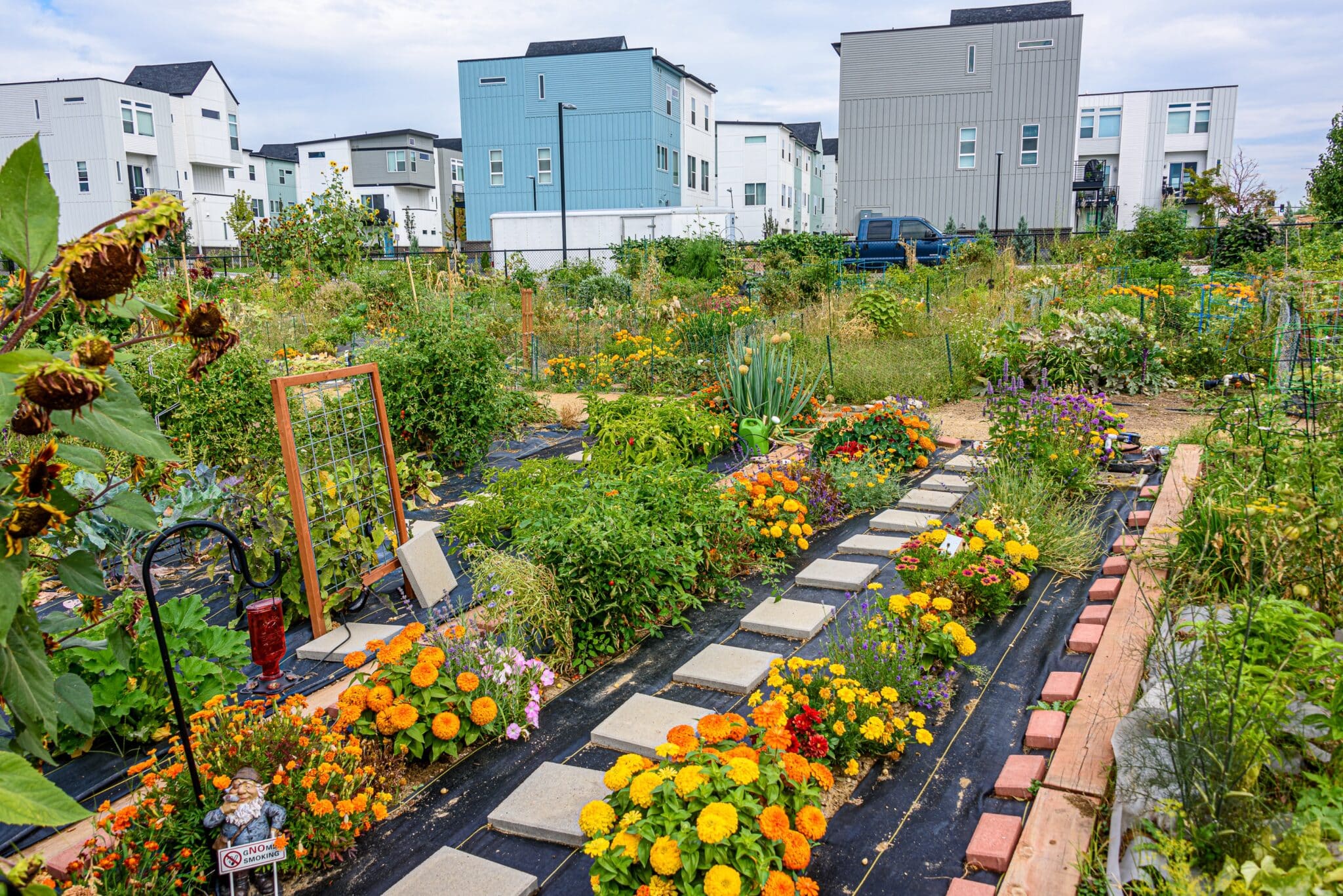
Step 4: Plan the Garden Layout
Once you have secured land, it's time to plan the garden layout. You can work with a landscape architect to create a design that maximizes space, accessibility, and aesthetics. Consider the needs of your community, including access for people with disabilities, children, and seniors. Make sure to include areas for composting, rainwater harvesting, and other sustainable practices.
Step 5: Raise Funds
Community gardens require funding to purchase materials, tools, and equipment. You can raise funds through grants, donations, and fundraising events. Local businesses may also be willing to sponsor the garden in exchange for advertising or other incentives. Fundraising is great experience for children. Make sure to bring them into the brainstorming phase.

Step 6: Gather Supplies and Materials
Once you have secured funding, it's time to gather supplies and materials. You will need gardening tools, seeds, plants, compost, and other materials. You can purchase these items from local nurseries, hardware stores, or online.
Step 7: Organize Workdays
Organize workdays to get helpers involved in the garden building process. Workdays are an excellent way to build community spirit and get members invested in the project. Consider organizing a kickoff event to celebrate the start of the garden and attract new helpers. You might have to do some gardening 101-style trainings but keep it fun and informal. Also, your local gardening clubs might be happy to come out and explain the basics to your garden group.
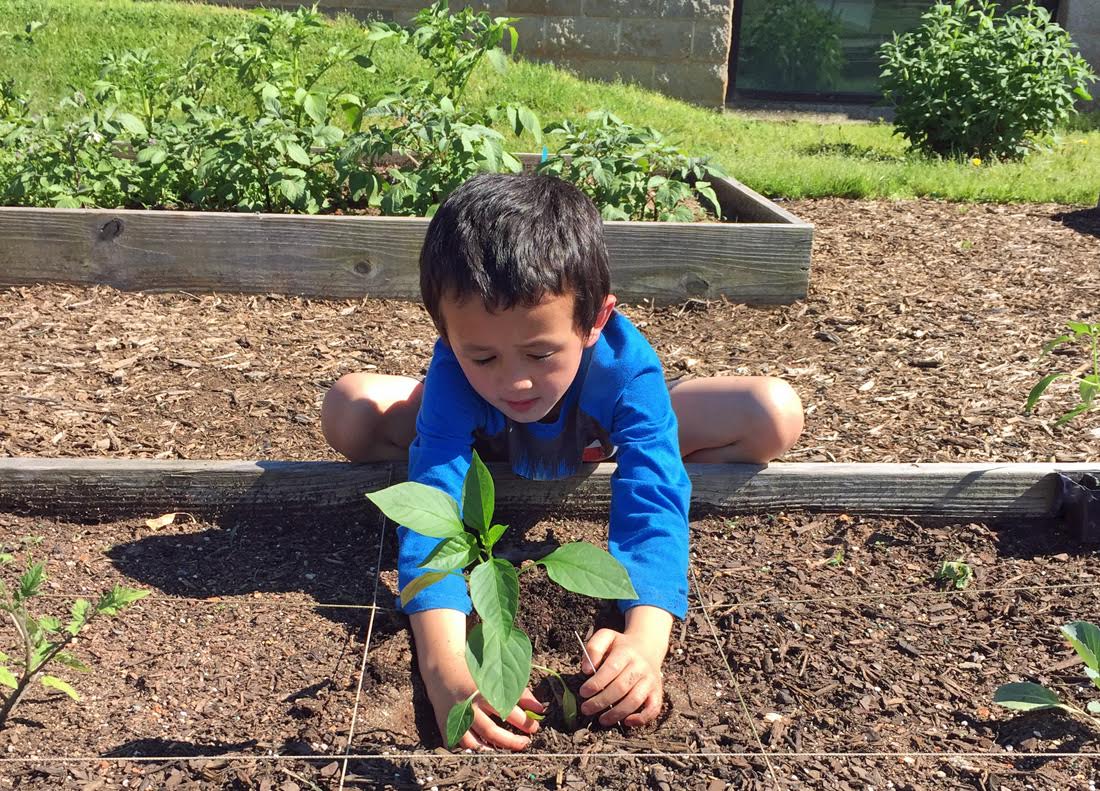
Step 8: Maintain the Garden
Once the garden is built, the work is not over! It's essential to maintain the garden or it will not survive. This is when you will need to establish a maintenance schedule to keep the garden healthy and productive. This may include watering, weeding, pruning, and harvesting. You can also consider organizing workshops and events to educate members on sustainable gardening practices.
Step 9: Celebrate Success
As the garden grows and thrives, take time to celebrate the success of the community. Host a harvest festival or potluck to share the bounty of the garden and recognize the hard work of helpers. Celebrating success is an excellent way to build community spirit and keep members engaged in the project.
Tips for Starting a Successful Community Garden
- Get buy-in from the community: Community gardens are more successful when there is broad community support. Reach out to local organizations, businesses, and individuals to gauge interest and build momentum for the project.
- Establish clear rules and guidelines: Establish clear rules and guidelines to ensure that the garden is well-maintained and productive. This may include rules for planting, harvesting, and maintenance.
- Use sustainable practices
- Emphasize accessibility: Consider the needs of all members of the community, including those with disabilities, children, and seniors. Make sure that the garden is accessible to all.
- Encourage collaboration: Encourage members to collaborate on the design and maintenance of the garden. This will build a sense of community and ownership in the project.
- Provide education and training: Offer workshops and training sessions to help members learn about sustainable gardening practices, such as composting, organic pest control, and water conservation.
- Promote diversity: Encourage members to plant a diverse range of crops and flowers to promote biodiversity and attract pollinators.
- Seek out partnerships: Look for opportunities to partner with local businesses, schools, and other organizations to build support and resources for the garden.
- Emphasize inclusivity: Ensure that the garden is a welcoming space for all members of the community, regardless of race, ethnicity, gender, or socioeconomic status.
- Continually evaluate and adjust: Continually evaluate the success of the garden and make adjustments as needed. This may include changing the layout, adjusting the maintenance schedule, or seeking new funding sources.


